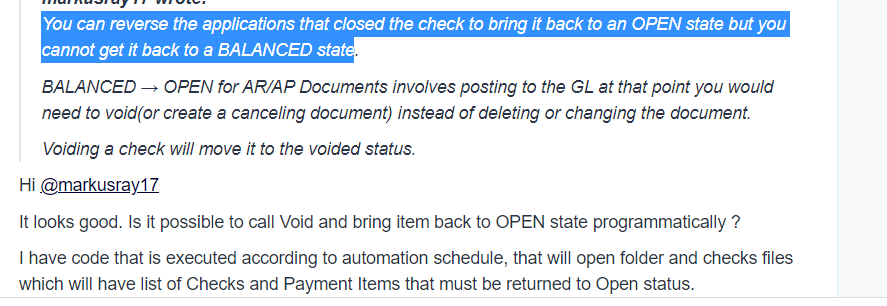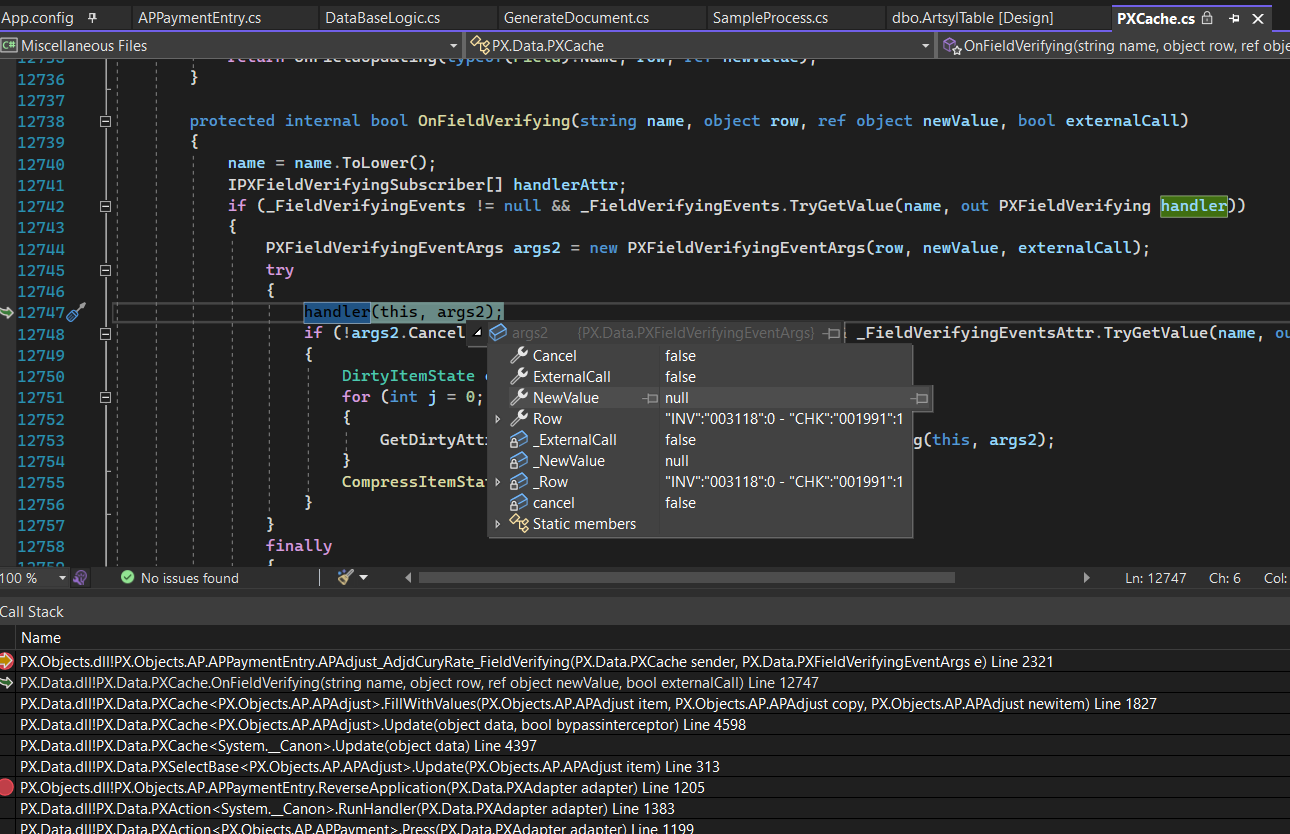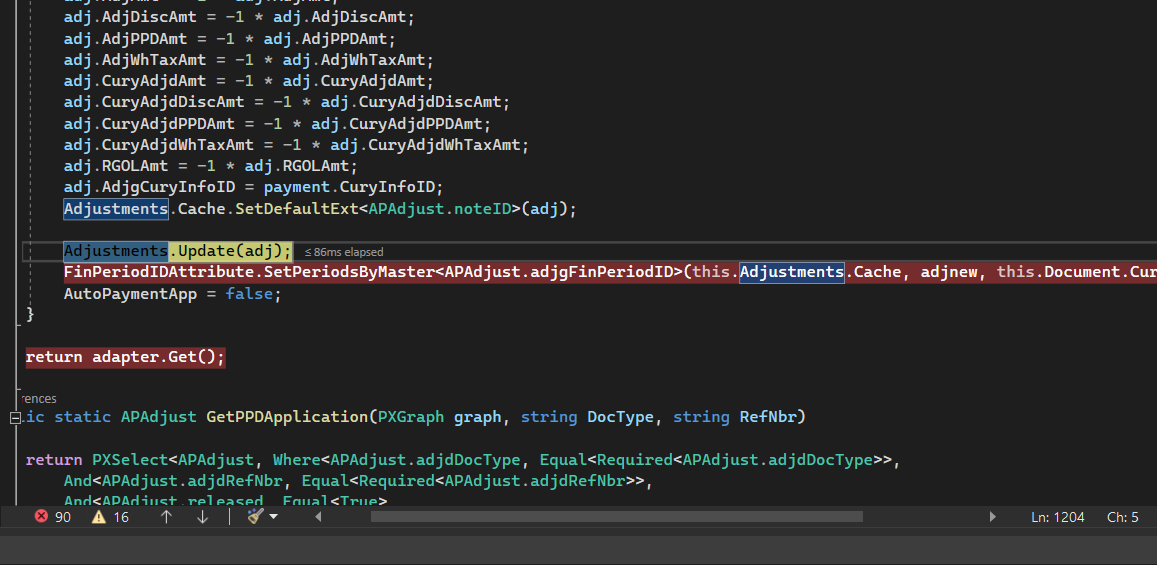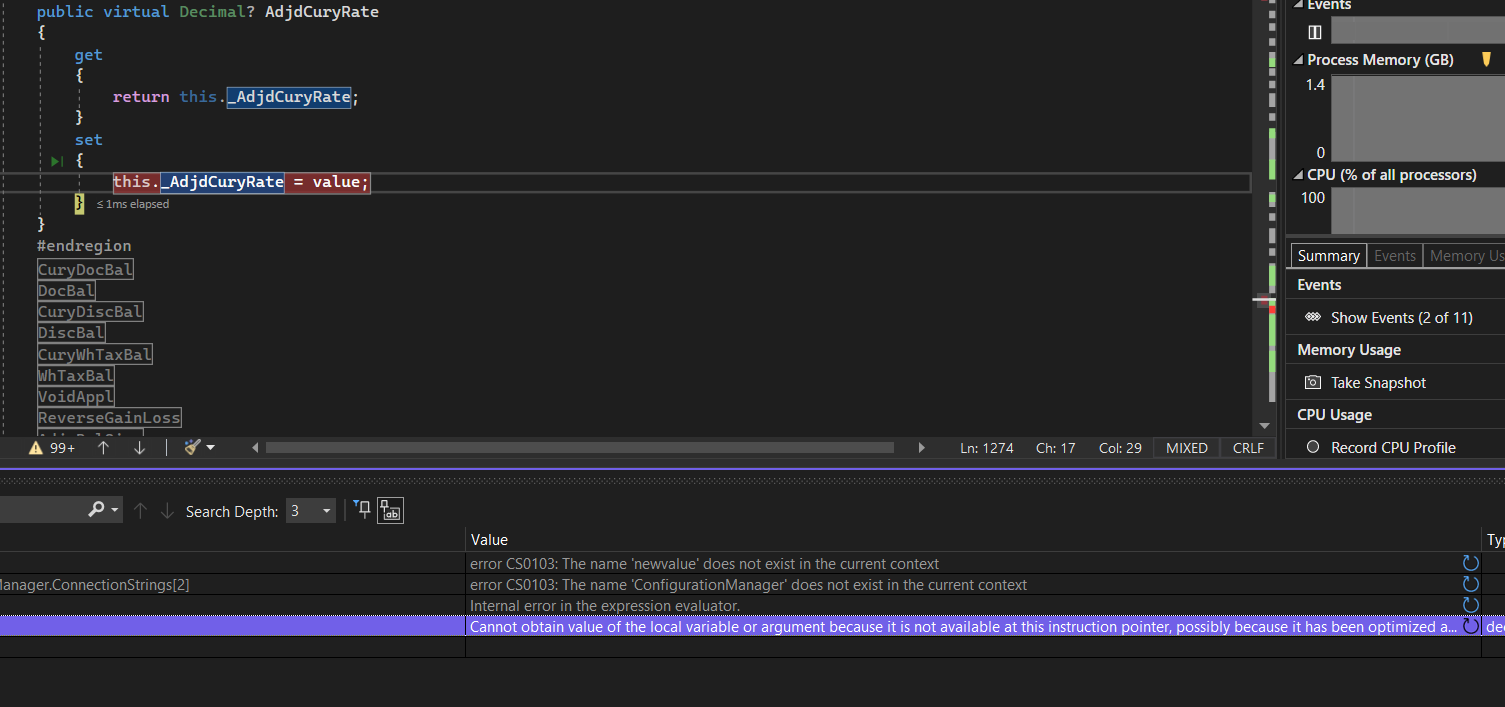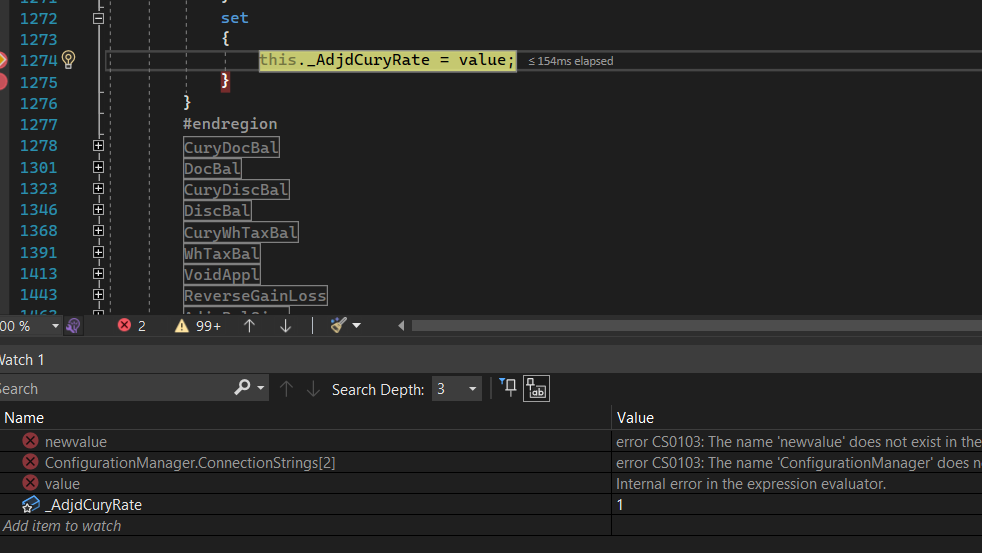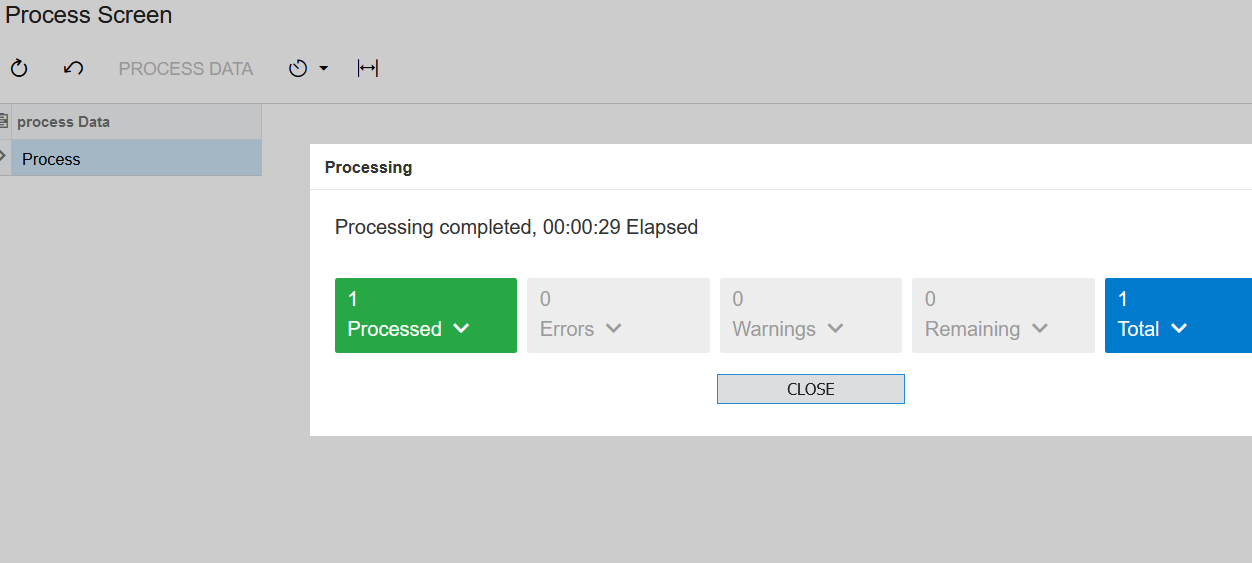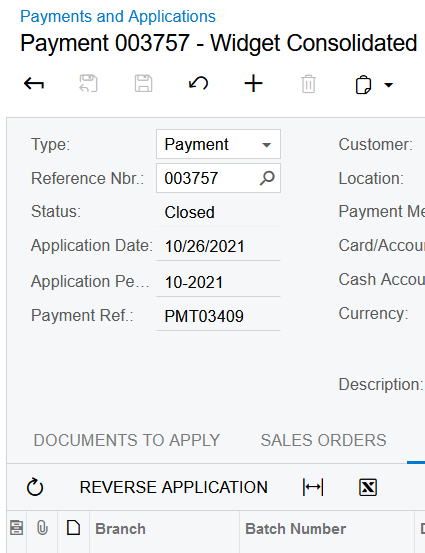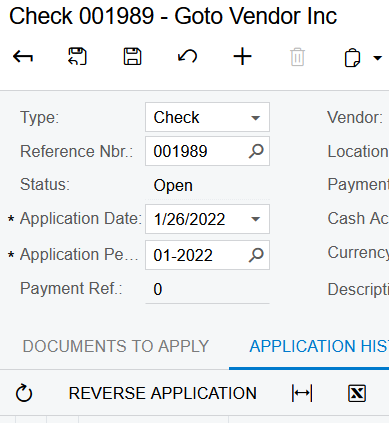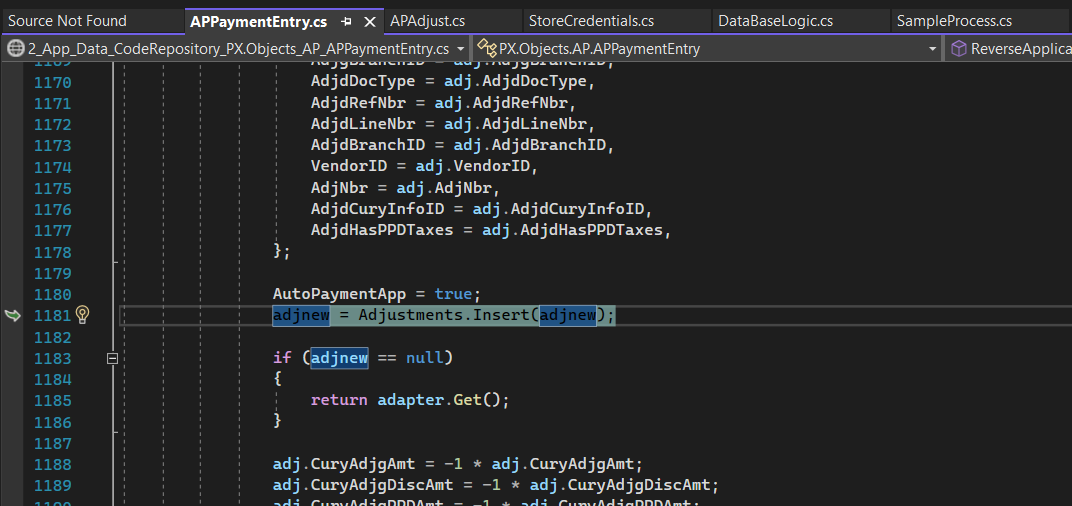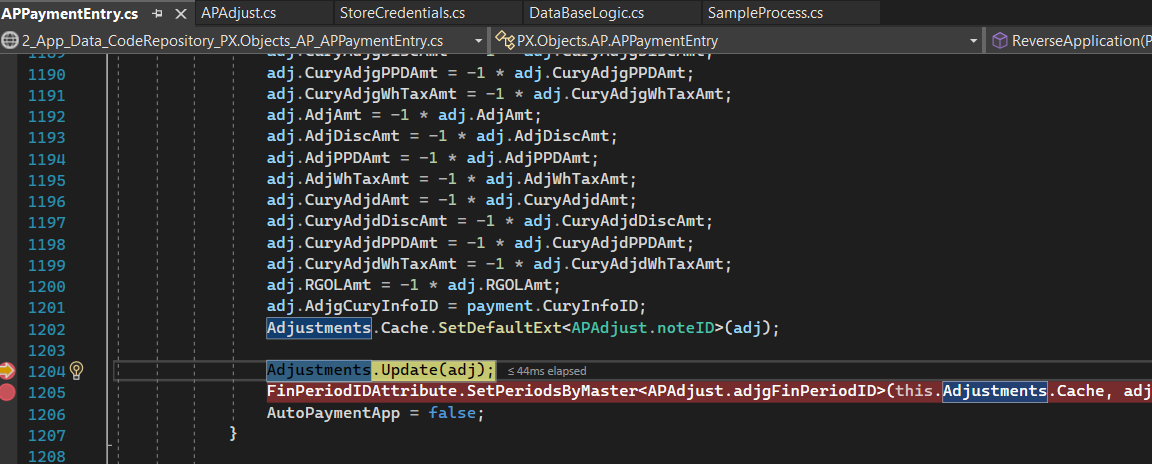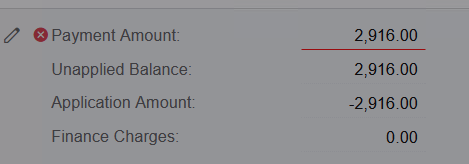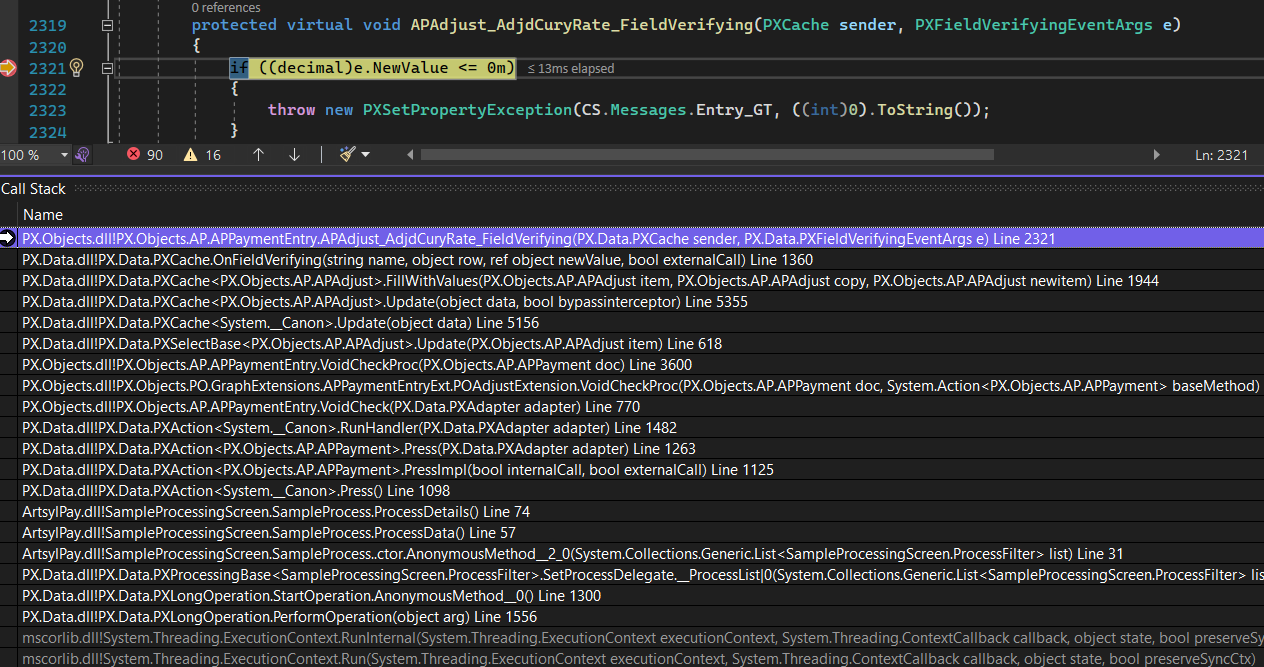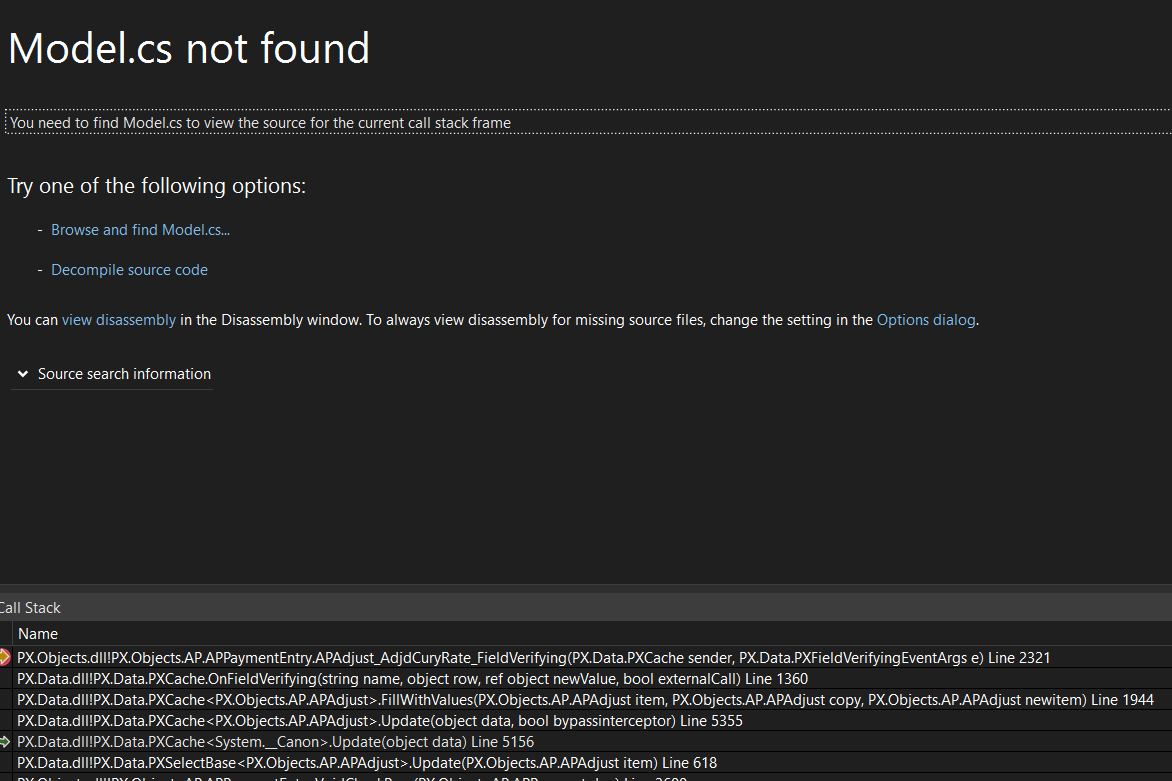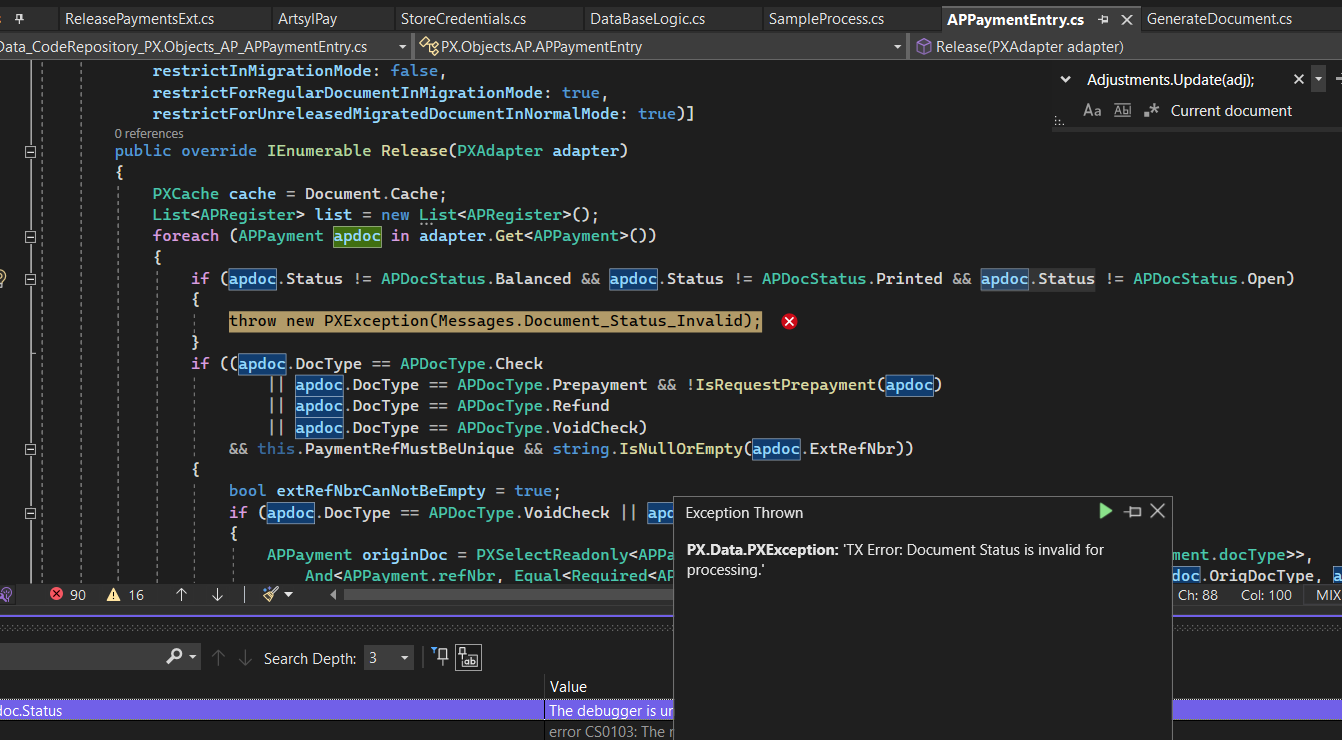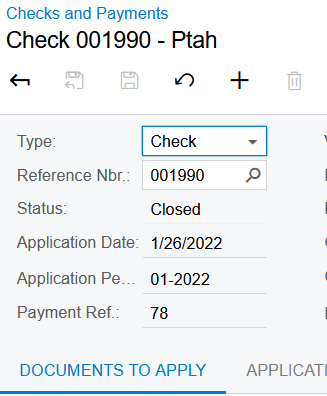Hi,
I need to add to my application logic that will Void Checks and Payments items which have “closed” state
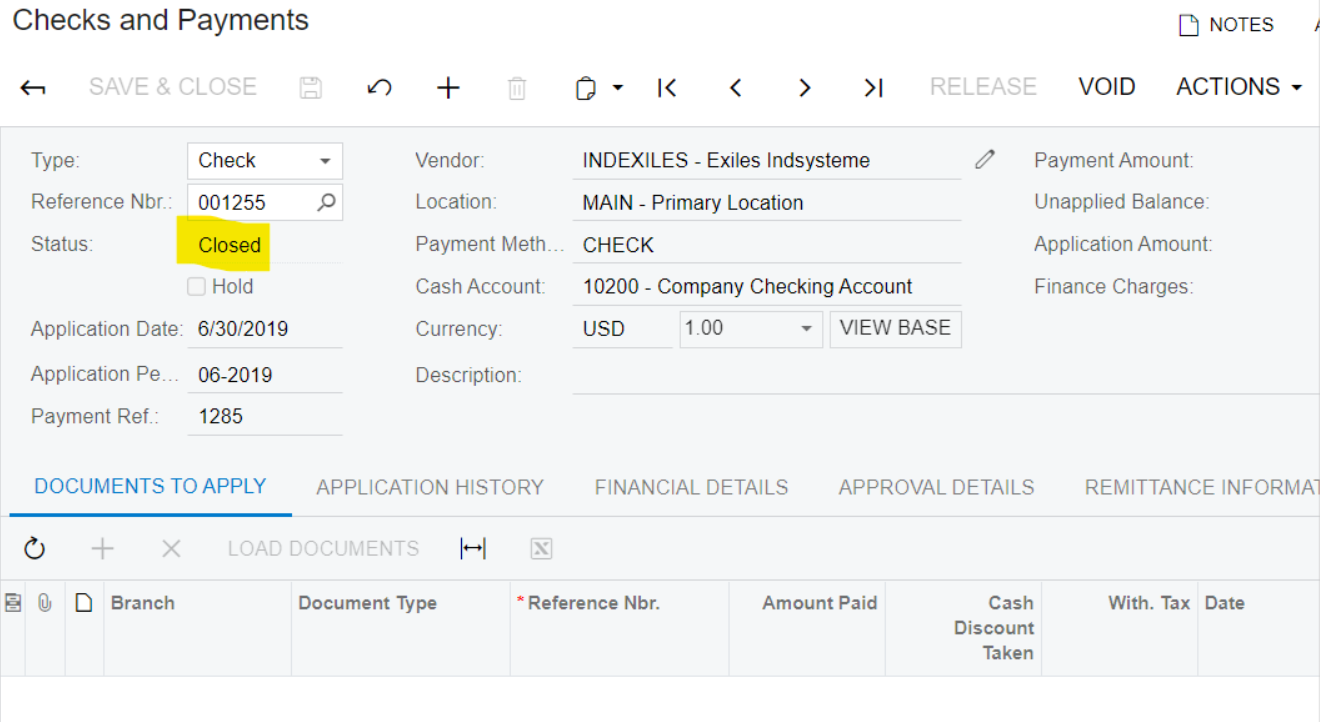
When I try to do this programmatically via this code

I get error in this event, which is called when I try to call Void action

This event is located in this path : C:\Program Files\Acumatica ERP\AcumaticaDB_new\App_Data\CodeRepository\PX.Objects\AP\APPaymentEntry.cs
The reason why I get object reference in this event is that NewValue filed is null and can’t look from which place we transfer PXFieldVerifyingEventArgs object to this event, because thought all call stack from my code to this Class I receive these errors
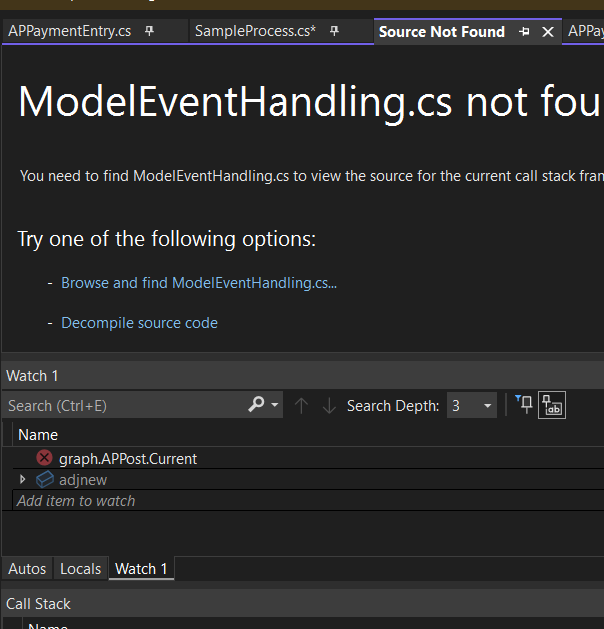
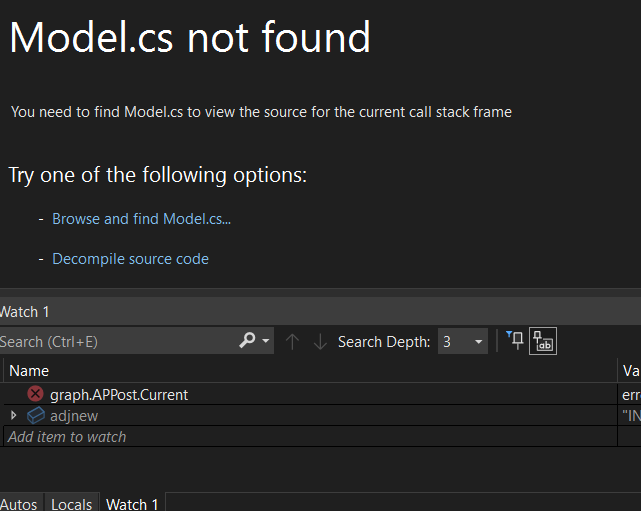
So I can’t investigate from which place null is coming to the event
Besides, this is Acumatica code, change it in any way will be bad idea, maybe there is something that must be added in my code and will help to fix object reference in the event.
The version of Acumatica is 2021R2
Thanks in advance.




